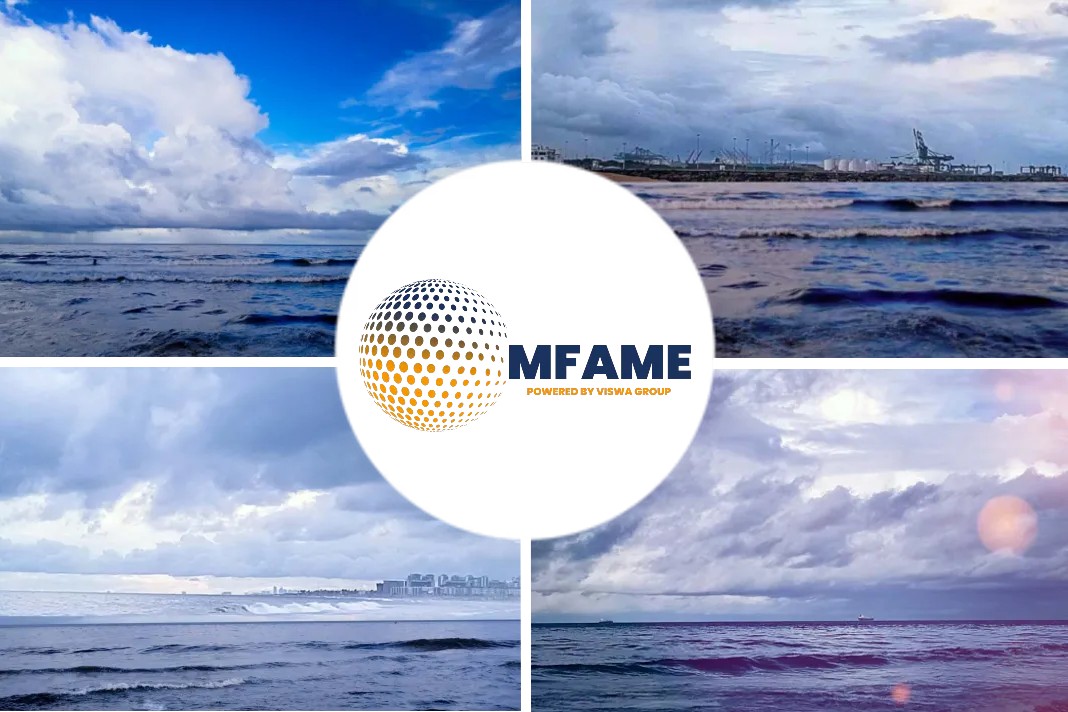If one is to believe the International Maritime Organisation (IMO), the air around our coastlines after January 2020 – now less than eight months away – will become much cleaner and more fresh, says a press release published on IOL website.
How is the change even possible?
The change is possible because of the new ruling issued by the IMO, the de facto governing body of world shipping, that as of January 1, 2020, the limit for sulphur found in ship emissions must be reduced.
The current sulphur global limit which is 3.5% m/m is reduced to 0.50% for all shipping. Majority of ships at sea today burn low-grade bunker fuel to operate their engines, with bunker fuel being produced as a residue from crude oil distillation.
The crude oil used contains sulphur, and this when used in the combustion of a ship’s engine ends in its emissions – its exhaust.
What is the concern with ship emissions?
The sulphur oxides (SOx) produced are harmful to our health and environment. To say, they cause
- respiratory problems
- lung ailments
- it can contribute to acid rain
Acid rain not only affects what is on land, but also causes acidification of the world’s oceans.
Hence the concern with eliminating the harmful aspects of ship emissions.
How can regulations be met?
There are several alternatives available for ships to meet the new requirement, such as using low-sulphur compliant fuel oil.
Using Liquified Natural Gas (LNG), a fuel that when ignited produces negligible sulphur oxide emissions and is possibly the fuel of the future.
Cannot float if not compliant
More and more new ships are likely to be built “LNG fuelled”, but that is some time away.
In the meantime, what to do with the 70 000 to 100 000 ships in operation around the world – the actual number varies according to your source.
How will all these become compliant by January 1 next year and what will happen when they are not? Note the “when”rather than “if” because it is an impossibility to have every ship afloat converted by the end of this year, so efforts at ensuring compliance are going to be interesting.
Probably a compromise with the date, although according to the IMO that is something that cannot be altered.
Scrubbers the opted compliance path
For the majority of existing ships it probably means resorting to the use of what are called scrubbers.
Scrubber is the device used to “wash” or clean the emissions with seawater, which is claimed to be capable of removing all or most of the sulphur before the fumes are released into the atmosphere.
The use of seawater is possible because of the seawater’s natural alkalinity that neutralises the results of sulphur removal before being discharged back into the sea.
Is the neutralised discharge safe?
Is this “neutralised” discharge now harmful or potentially harmful to the sea and its contents, bearing in mind that tens of thousands of ships will be discharging at the same time?
This then creates another kind of problem – what to do with the seawater that has been used to “neutralise” the exhaust emissions.
Types of scrubbers
Two types of scrubbers have been made available.
1)The open-loop scrubber
This returns the “used” seawater back into the ocean – it is claimed that the end form of sulphur once scrubbed through this process becomes sulphate, which is a naturally occurring constituent of seawater and is therefore safe to be returned to the earth’s natural reservoir.
That is a supposition that some will no doubt argue with, but the open-loop scrubber is nevertheless set to become the most common method in use.
2) The closed-loop scrubber
In this, the used seawater is collected in tanks and pumped ashore at a suitable disposal port, where treatment of the seawater can follow. This is obviously a more expensive option.
SA Maritime Safety Authority guidance
In South Africa shipping companies both local and foreign will have to comply with international requirements.
In this regard the SA Maritime Safety Authority (Samsa) has provided its guidance (ruling) on the matter.
Good news to shippers from SAMSA
In an advisory notice issued last month, Samsa indicated that the use of open-loop, close-loop or hybrid systems was accepted until further notice.
This means that all ships operating in South African territorial waters can continue to burn high-sulphur fuel from January 2020 provided they comply with the 0.50% sulphur limit, and to achieve this the vessels may use either form of seawater washing or some other type of “hybrid” system.
For the shipping operators and bunker suppliers, this is good news.
Did you subscribe to our daily newsletter?
It’s Free! Click here to Subscribe!
Source: IOL






















